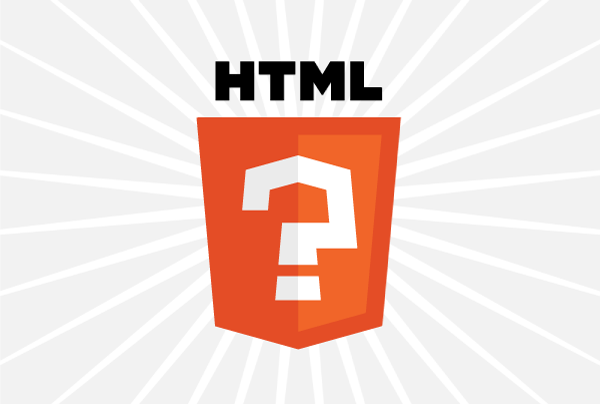The idea of HTML6, despite the fact that the HTML5 specification was supposed to be fully implemented according to plan and to achieve maximum compatibility by 2014, now thoughts began to appear about what the next generation of this specification might look like - HTML.next, as it is usually called in W3C Consortium.
New semantic elements
This element was proposed for integrating files from a ZIP archive (ZIP format as the main one, however others are also possible) directly into a web page. The advantages of this approach: browser access to files from ZIP, reduced bandwidth requirements (which is especially important for mobile platforms).
Usage example:
Деятельность нашего семейного воссоединения Semantics for headings and authors
This is used to find out the name of books, blog entries, films, and so on, to related authors, even if the markup applies to only a few paragraphs. This semantics can be implemented in the form of pseudo-tags and determine the relationship between elements.
[title: Похвала тени id:praise by:junichiro]
— книга, написанная [author: Дзюнъитиро Танидзаки id:junichiro]
пояснение … и т.д.
This item (similar to
) is used to describe geographic information. For it is proposed to use the attributes: lat, long, altitude:Бермудский треугольник Это моя первая статья на странице и это реально круто!
Эта статья на сверхподходящем поле и поэтому она круче, чем первая статья.
description of common commonly used structures in HTML allows you to optimize search engines and control components, because different widgets can use this structure in different ways no need to use the list numbering mechanism can be used in combination of anchors to create a quick table of contents Apparently, it should work well in HTML5 blogs, if you take it as a basis for sharing content Forms Automatic capitalization in form fields Enhanced Authentication Forms Localization management Multimedia Responsive Images Adaptive Streaming additional media element for the state, which allows displaying the current state (e.g. data synchronization with the server) additional media element for errors (e.g. transmission error) additional media element for events (e.g. change in flow rate) additional media element for properties (e.g. current speed, which is related to other QoS indicators) Sound balance Video playback improvement fast / slow motion / fast forward previous / next frame Full Screen and Screenshots domElement.fullScreen();
domElement.getImageData(0, 0, domElement.offsetWidth, domElement.offsetHeight);
Text editing Element block : p, ul / li, ol / li, dl / dt / dd, blockquote, prelowercase : strong / em / a / sup / sub / u / code / strikelower case : img, br tabular: table / tr / th / td support for copying / pasting images from / to the system clipboard (associated with the attribute) support for copying / pasting text and HTML from the system clipboard and vice versa (via the attribute) should not support inline styles may have the attribute content-style = "style.css", which defines the style of the element in the editor Copy / Paste Features Lorem Ipsum Dolor sit et cetera Lorem Ipsum Dolor sit etc
( note transl. On the original article’s site, the list has no markers on the left side. I didn’t find how to remove them here ) Components and ECMAScript “Behaviors” or dynamic subclasses of DOM elements document.behaviors["ul.some>li"] = { // класс поведения:
attached: function() {...},
detached: function() {...},
onmousedown: function() {...},
onclick: function() {...},
...
};
include ('url'); import url (...) in CSS):window.include("url"[,mime/type])
JavaScript: namespace and classes Selection syntax for items 
![]()
